how to

Before we learn how to exfoliate skin, let’s talk science. How many dead skin cells do you think you lose a day? Would you believe 30,000?
Okay—now would you believe that’s how many skin cells you shed not every day but every minute?! Well, believe it, baby, because those are the facts!
Your skin sheds cells constantly, and that’s a good thing—for your health and for your makeup application. Without your body’s natural process of replenishing your skin, you’d have layers of dead skin cells on top, making your skin look dull, dry, and cakey.
Today we’re going to answer all your questions about exfoliation, from what is exfoliation to how often should you exfoliate your face? Let’s get to scrubbin’!
What is exfoliation?
Exfoliation is the act of removing dead skin cells from the outer layer of your skin, often with the help of a grainy substance, exfoliating tool, or chemicals. While these cells would eventually fall off on their own, a scrub or exfoliant can help clear them away sooner to make your skin look lighter, brighter, and more youthful.
However, if you don’t exfoliate the right way for your skin type, you can irritate or damage skin or even bring on breakouts. So, before you jump into an exfoliation routine:
— Know your skin type (normal, oily, dry, sensitive, combination)
— Consider the beauty and skin-care products you’re already using
Certain medications and over-the-counter treatments can make your skin more sensitive, such as products containing retinol or benzoyl peroxide. If you’re using these while exfoliating, it can worsen dry skin or cause breakouts. That said, as long as you take a few precautions, most people can easily maximize the benefits of exfoliation.
“Exfoliating is major,” says Rachel Goodwin, makeup artist to stars like Angelina Jolie and Winnie Harlow. “I have very sensitive skin. Some people use a physical scrub or washcloth with warm water, which can be great. Some people like acids, and there are different ones that I like. In general, I like to make sure the skin is prepped and exfoliated at least 1-2x a week.”

How to exfoliate skin
The two most common ways to exfoliate skin at home are:
— Mechanical exfoliation, also called physical exfoliation, which uses a tool (brush, sponge, scrub) to physically remove dead skin cells
— Chemical exfoliation, which gently dissolves dead skin cells using chemicals such as alpha hydroxy acids (AHAs such as glycolic and citric acids) or beta hydroxy acids (BHA) such as salicylic acid
The first step of how to exfoliate skin safely is to pick a method that suits your skin type.
|
Skin type |
Exfoliation tip |
|
Dry, sensitive, or acne-prone |
Don’t start with mechanical exfoliation, which may be too irritating. Instead, try a washcloth and a mild chemical exfoliator. |
|
Normal |
Start with a cloth or sponge and a mild chemical. If that doesn’t produce visible results after a few attempts, try using a brush and/or a stronger AHA. |
| Oily | Try mechanical exfoliation using a scrub or a stronger chemical treatment with a BHA to help unclog pores. |
|
Darker skin tone OR
tend to get dark spots post-sunburn, bug bite or breakout |
Avoid strong chemical or mechanical exfoliation as these may result in dark spots on the skin. Test exfoliation techniques on the skin on your neck or inside of your wrist before trying it on your face. |
The most important rule of how to exfoliate skin: Be kind! Don’t exfoliate if you have open cuts, a sunburn, or if your skin is broken out.
How to exfoliate skin in 5 steps:
-
Apply all products gently with small, circular motions.
-
Gently scrub for 30 seconds.
-
If you’re using a brush or sponge, use short light strokes.
-
Rinse off with lukewarm water.
-
Follow with moisturizer.
Exfoliating can dry skin, but applying moisturizer soon after will allow skin to soak up the maximum amount of moisture to keep it super hydrated. For an extra dose, follow up your normal moisturizer with Opal Essence™ Serum Primer. Its hydrating base will allow any makeup you put on after you exfoliate to glide over skin without clinging to dry patches or lines, and its fermented botanicals will soothe and brighten skin for extra radiance.

How often should I exfoliate my face?
How often you should exfoliate depends on two things:-
Your skin type
-
Your exfoliation method
In general, the more aggressive your exfoliation method, the less often you need to do it. That means people with normal or oily skin will only need to exfoliate once a week, or even once every few weeks if you’ve got an intense routine. If you’re just using a washcloth and mild chemical exfoliant, however, once a week is a good target.
Post-exfoliation pro tip
Once you’re exfoliated and moisturized, be sure to use makeup that lets your buffed, beautiful skin shine through.
Here are three of Beautyblender’s most breathable options:
-
BOUNCE Airbrush Liquid Whip Concealer, which is hydrating, weightless, and clinically tested to provide coverage for up to 24 hours
-
BOUNCE Liquid Whip Foundation, which is full coverage but still gives you that bare-skin feel
-
BOUNCE™ Always On Radiant Skin Tint, which is designed to hydrate with light-medium coverage and a naturally radiant finish.
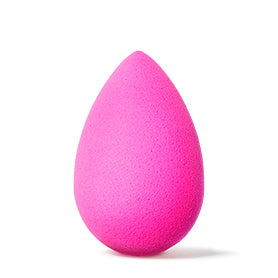
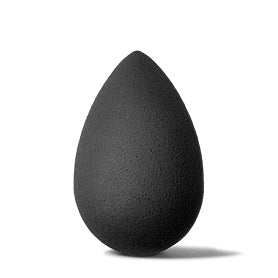


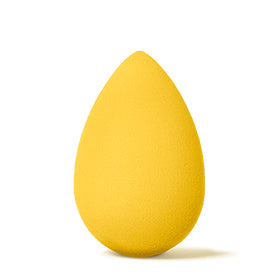

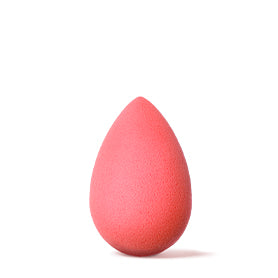
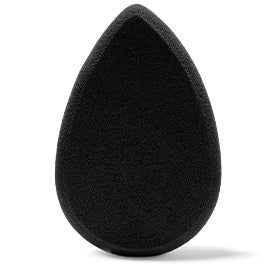
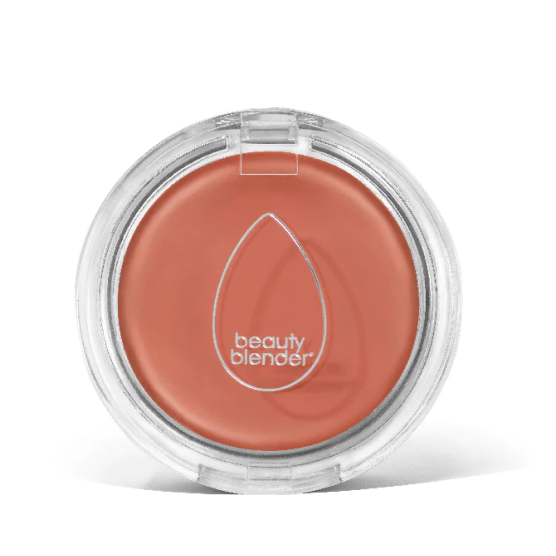
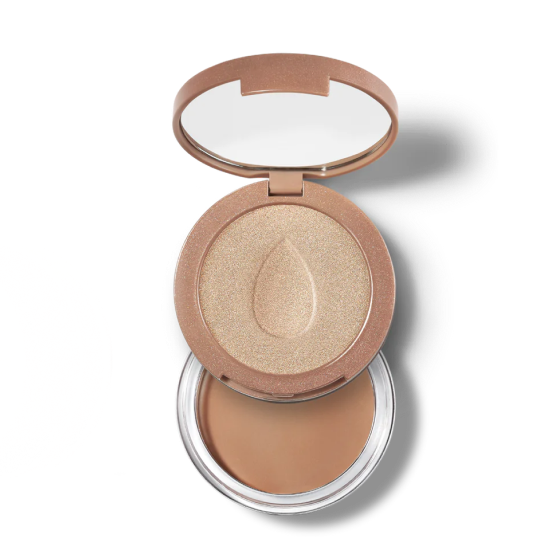
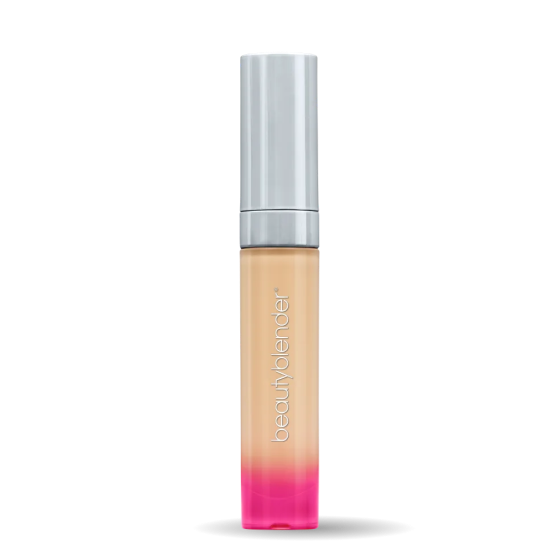


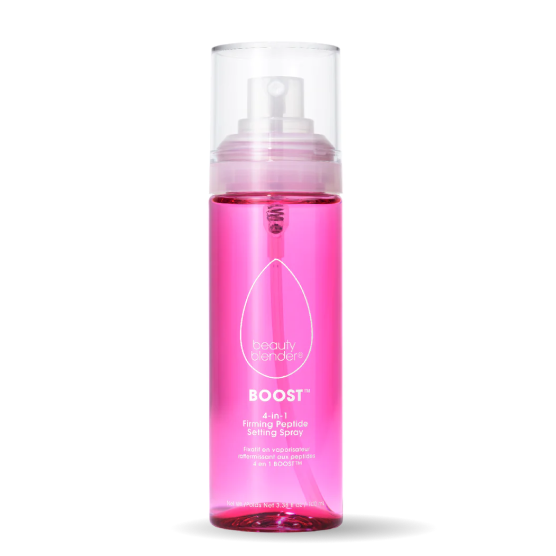





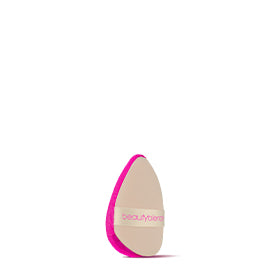
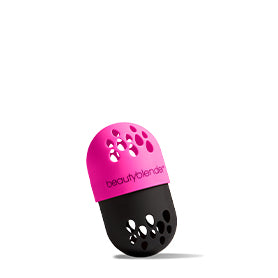





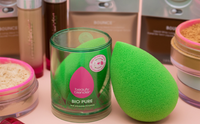
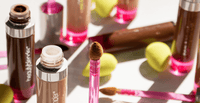
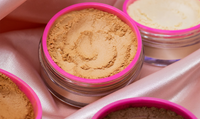
Comments(0)